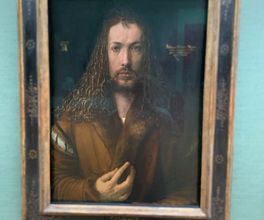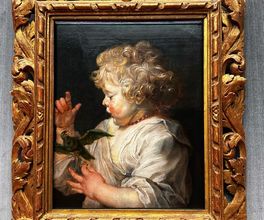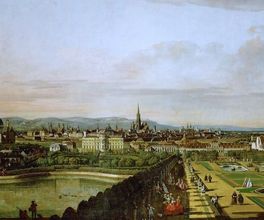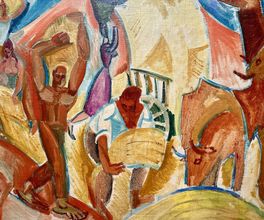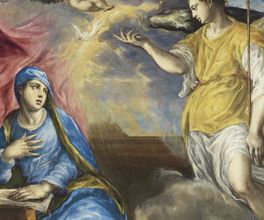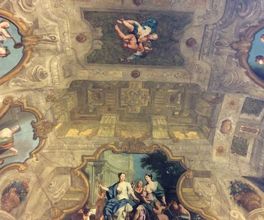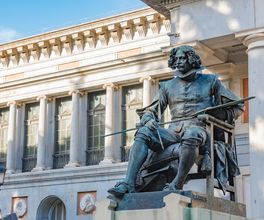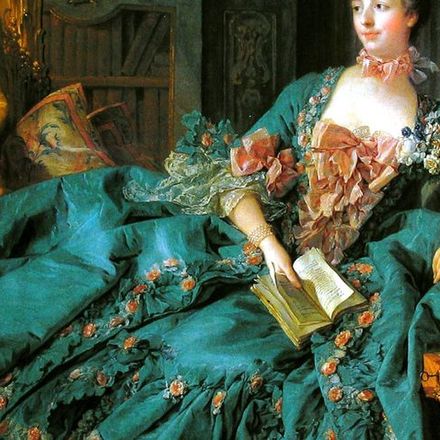
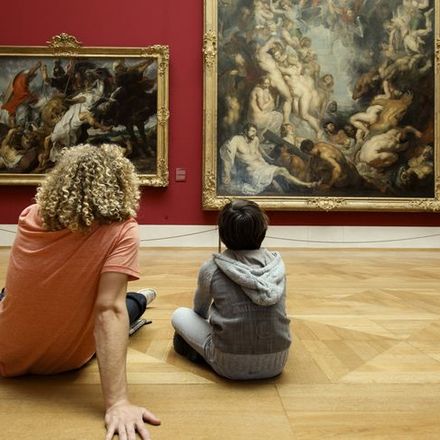
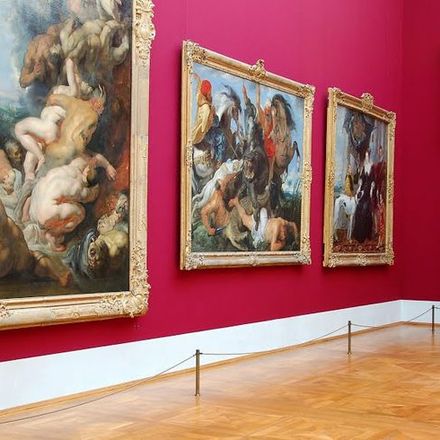


About this experience
The Old Pinakothek, which originated as a private collection of the Wittelsbach family, has evolved over the centuries into one of the largest collections of masterpieces of world painting. During the tour, you will get acquainted with Dürer's engravings, Rembrandt's psychological portraits, the art of Flanders, Renaissance paintings, as well as the works of Spanish and French masters. We will walk through from the Middle Ages to the mid-18th century, discuss the creation of great paintings and the fates of their authors, as well as unravel the secrets of the paintings and decipher their mysterious symbols.
What to Expect
Getting acquainted with the Wittelsbach family collection
Exploring the exposition of the Old Pinakothek, you will learn which artists were preferred by the Bavarian rulers and what tricks they used to acquire paintings of their favorite masters. Before you will appear amazing paintings that fascinated the Wittelsbachs and belonged to different countries and eras:
- Works of German masters. You will look at Albrecht Altdorfer's painting "The Battle of Alexander", which adorned Napoleon's apartments. And then you will enjoy the skill of Albrecht Dürer: you will notice signs and symbols on the paintings, many of which are still not deciphered by art historians, and learn about the author's interpretation of theological postulates.
- Iconic Renaissance paintings. We will talk about the technical innovations of the Renaissance art, as well as the creative borrowings traced in the paintings of the Florentines Filippo Lippi, Leonardo da Vinci, Raphael, and the Dutch Rogier van der Weyden, Bosch, and Memling. And with the paintings of Titian and Tintoretto, you will learn what distinguished the Venetian Republic from its neighbors and how these differences were reflected in the painting.
- Evolution of Flemish art. Paintings by Van Dyck, Jordaens, Rubens, who glorified Flanders, occupy a place of honor in the Old Pinakothek. You will find out why the church rejected one of Peter Paul Rubens' works and trace the development of the artist's creative work and the versatility of the painter.
- Features of Dutch painting. You will see paintings by Bosch and Bruegel, learn why Dutch artists in the 17th century began actively selling paintings to ordinary citizens, and which plots were popular among the townspeople. Special attention will be paid to Rembrandt - a master of psychological portraiture, we will talk about the complex personality of the artist and try to decipher the mysteries of his paintings through the prism of historical events, politics, and philosophy of that era.
- Themes of Spanish paintings. In the Spanish painting hall, we will talk about works by Velazquez, El Greco, Murillo, and Zurbaran. I will tell you why idealized scenes of peasants' life were so popular with rich townspeople, why El Greco's paintings were appreciated only in the 19th century, and help you notice the masterful techniques of the artist in the painting "The Disrobing of Christ", reinterpreting the well-known biblical story.
- French Rococo. The halls of French painting will delight you with classical works by Poussin, who already in the 17th century thought about the peculiarities of light. You will examine paintings reflecting all the splendor of the Rococo era: what about the famous portrait of Madame de Pompadour by Boucher?!
Organizational Details
- Tickets are paid separately: adults - 7 euros, children under 18 - free of charge
- At your request, the tour of the halls of the Old Pinakothek can be overview, but if you are interested in a specific theme or author, be sure to write about it.
- The tour will be conducted by one of the professional guides of our team
